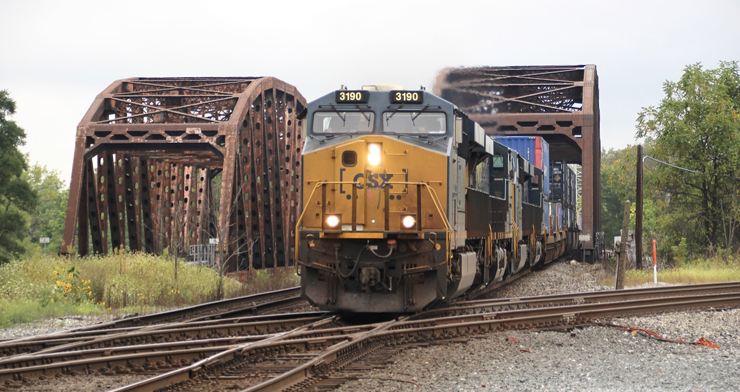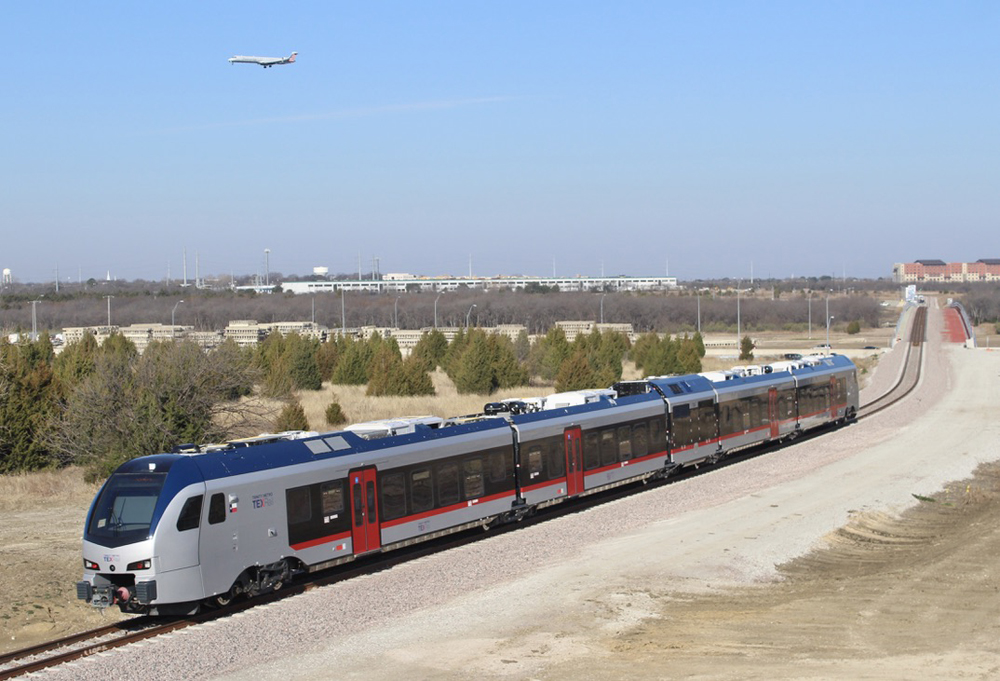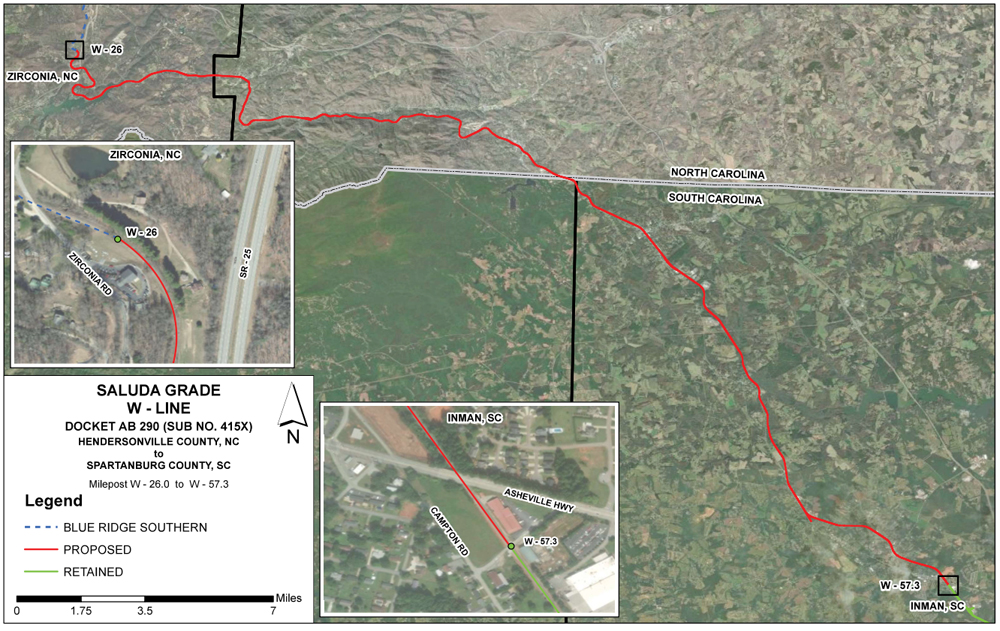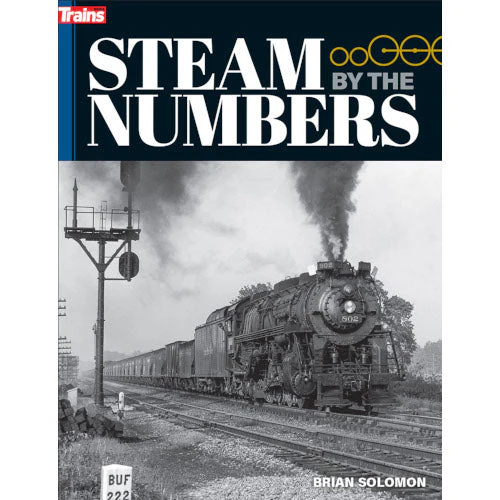BNSF Railway, CSX Transportation, and Union Pacific all set intermodal volume records in November as imports surged, retailers continued

TRAINS: David Lassen
to restock depleted inventories, and consumer spending and e-commerce remained strong.
The other big Class I systems — Canadian National, Canadian Pacific, and Norfolk Southern — were handling intermodal volumes at near-record levels.
“It’s a perfect storm for intermodal and all the winds are tailwinds,” says intermodal analyst Larry Gross.
The record numbers for CSX are notable because of the intermodal rationalization the railroad went through as part of its shift to Precision Scheduled Railroading in 2017 and 2018.
The changes — which included scuttling the hub-and-spoke network in favor of a point-to-point system and abandoning low-volume lanes — resulted in a loss of 15% of the railroad’s intermodal volume.
CSX’s total intermodal volume topped the 60,000 container and trailer mark in three recent weeks, beating the previous record of 59,701 from Week 39 of 2015, the railroad says.
“When we look back, we did all the right things before in really optimizing the intermodal network … It’s paying huge dividends right now,” CSX Chief Financial Officer Kevin Boone told an investor webcast last week.
“It does look like CSX is taking share from NS at the moment,” Gross says. “But a rising tide is lifting all boats.”
NS operates by far the busiest intermodal network in the East, carrying 47% more volume than CSX for the year to date.
“Intermodal demand is white hot. There’s no doubt about that,” NS Chief Marketing Officer Alan Shaw told an investor conference last week.
But tight drayage capacity, slowdowns in warehouse productivity due to pandemic safety protocols and high demand, and congestion at West Coast ports are all putting a lid on intermodal growth.
“That right now is limiting the upside on our intermodal volumes although it still is the growth driver for us right now,” Shaw says.
Railroad executives have said they expect intermodal traffic to remain at high levels through at least Chinese New Year in February.
For the first four weeks of November compared to a year ago, Gross says BNSF intermodal traffic was up 18.7%; CN 21.2%; CP 10.3%; CSX 18%; NS 8.3%; and UP 18.9%.













